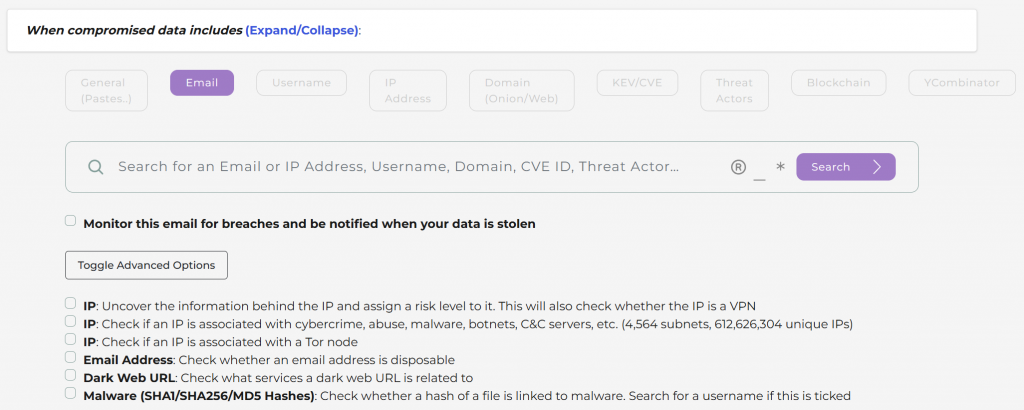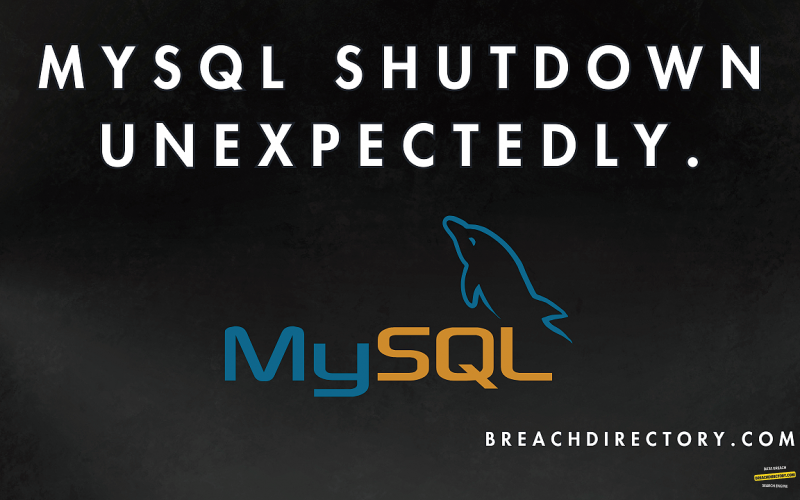The error: MySQL shutdown unexpectedly. is one of the most prominent errors in the MySQL world. Here’s what causes it and how to overcome this problem.
How often have you heard of the error: MySQL shutdown unexpectedly. in a MySQL infrastructure? Too often, right? Here’s what it is, how it works, and how to overcome the issues caused by this MySQL error.
What Causes the Error: MySQL Shutdown Unexpectedly.
For many, the cause of the error: MySQL shutdown unexpectedly. are unclear to this day, however,.everything’s more simple than you’d imagine:
- The configuration file of MySQL (my.cnf/my.ini) contains “overconfigured” options: if you have 16GB of RAM and dedicated 15GB of it to the InnoDB buffer pool, you’ll have problems.
- The port 3306 (MySQL) or 3307 (MariaDB) is occupied – double check whether the port 3306 or 3307 is occupied by something else.
- Did your Internet go down? Importing data and your Internet getting shut down is a frequent cause of this problem.
- Are your files corrupt? That’s unlikely, but check the MySQL error log. Seeing an error like “Your ib_logfile is corrupt. Check your log file” and then seeing “InnoDB: The log sequence numbers A and B in ibdata files do not match the log sequence number Z in the ib_logfiles!” means that ib_logfile files may be corrupt.
- Is MySQL running in the first place? You’d be surprised how often simple things are overlooked. Seriously: are you 200% sure MySQL is up and running? Double check.
These are the most likely causes for the error: MySQL shutdown unexpectedly. But thankfully, where there are causes, there are solutions. Here’s how to remediate the MySQL error.
Remediating the Error: MySQL Shutdown Unexpectedly.
To solve the error: MySQL shutdown unexpectedly., take the following steps:
- Restore the MySQL configuration file from a backup if necessary and if you don’t have one, double-check whether the options in the configuration file match with what your server is running on. The MySQL documentation can help with this.
- Double-check whether the ports (3306 for MySQL and 3307 for MariaDB) are free.
- If your Internet went down, do everything possible to restore the connection.
- Check the MySQL error log for any anomalies and browse StackOverflow (or ask AI) for solutions.
- If MySQL isn’t running, start the MySQL server by issuing a command like “mysqld service start” on your Linux infrastructure.
After you’ve remediated the error: MySQL shutdown unexpectedly., it’s time to take care of your online security as well. For that, employ data breach search engines like BreachDirectory.com and their API capabilities. Search for your email, username, or IP address, or investigate cybercrime by investigating CVEs, Blockchain addresses, searching through Pastebin or YCombinator data, and much more:

Summary
The error: MySQL shutdown unexpectedly. is an unpleasant surprise for many developers and database administrators. The good news are that remediating such a MySQL error is easier than it seems: in many cases, a simple look through the configuration is enough.
If this blog helped you solve your MySQL errors, make sure to take the BreachDirectory data breach search engine for a spin today, expand your MySQL knowledge by reading books on the database management system and coming back to the blog later on, and until next time.
FAQ
What Causes the Error: MySQL Shutdown Unexpectedly.?
The error: MySQL shutdown unexpectedly. is frequently caused by a multitude of reasons, the main ones being related to errors in the MySQL configuration file (my.cnf/my.ini) or your Internet being down.
How to Solve the Error: MySQL Shutdown Unexpectedly.?
To solve the error: MySQL shutdown unexpectedly., ensure that the settings within your configuration are set up properly, ensure that MySQL is running, that no software is blocking its ports, and that your files aren’t corrupt.
What Else Can I Do to Protect My Data?
To protect your data and yourself further, take data breach search engines like BreachDirectory.com for a spin. The BreachDirectory API will help you implement the data within BreachDirectory.com into your own infrastructure.
